My plan had been to do a chronologically sequential series of posts about our Antarctica trip but I have had a lot of requests for Antarctica photos and if I stick to my original plan it will take a while to get through the planning, gear, Buenos Aires and Ushuaia before we get to Antarctica. When looking back to the planning stage and speaking about our upcoming trip, some people understood why we wanted to go and shared the excitement while others asked “why do you want to go there?” The short, and it seemed, adequate answer to this question that could probably not be satisfactorily answered if it had to be asked was, “Penguins and Icebergs”. This week we will look briefly at the penguin species we saw and icebergs will drift past in another post.
We expected to see the three brush-tailed (Pygoscelis) species of penguin, Gentoo, Chinstrap and Adelie but were lucky to also see Macaroni penguins at Hannah Point on Livingston Island in the South Shetland group. This at the extreme southern limit of their range so it was a real bonus. I will devote individual future posts to each species and explore their biology a little more.
There are six genera of penguins;
- Aptenodytes – Emperor and King Penguins
- Pygoscelis – Adelie, Chinstrap and Gentoo
- Spheniscus – African, Magellanic, Humboldt and Galapagos
- Eudyptes – Macaroni, Royal, Rockhopper (Northern and Southern), Snares, Fiordland and Erect-crested
- Megadyptes – Yellow-eyed
- Eudyptula – Little Blue
We have been lucky to see Yellow-eyed and Little Blue in New Zealand and African in Cape Town and Betty’s Bay so with the 2 genera seen on our Antarctic trip have only one outstanding genus to see.
Photographically penguins can be challenging being black and white and thus high contrast subjects. Exposure-wise you need to make sure to keep your histogram well to the right without clipping so that you don’t blow out the whites while getting enough data recorded to reveal detail in the blacks. Fortunately, we mostly had cloud cover(at times with rain or snow) so were able to use nice diffuse, low contrast light. Once set using manual exposure mode we were largely able to then ignore exposure settings unless there was a lighting intensity change, and concentrate on identifying subjects amidst the chaos of a colony and then trying to find a decent composition with a decent background. Automatic exposure modes will generally underexpose mostly bright scenes requiring addition of + exposure compensation which will need to be adjusted for changing backgrounds so I find manual a much simpler approach as it eliminates a complicating variable (see this post for more details on manual exposure).
Geniet die Pikkewyn Patrollie 🙂
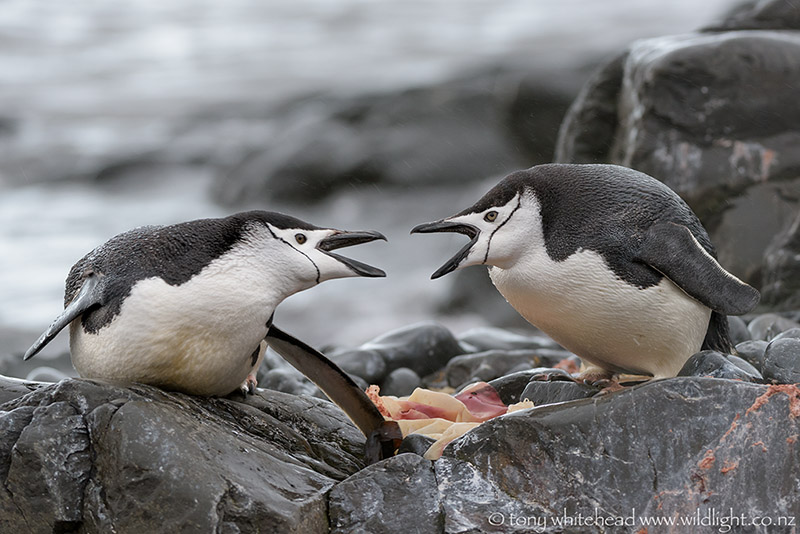
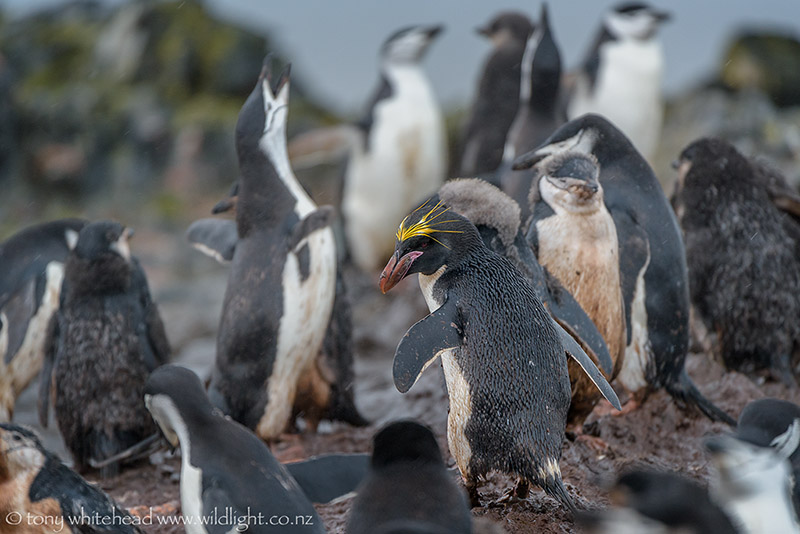
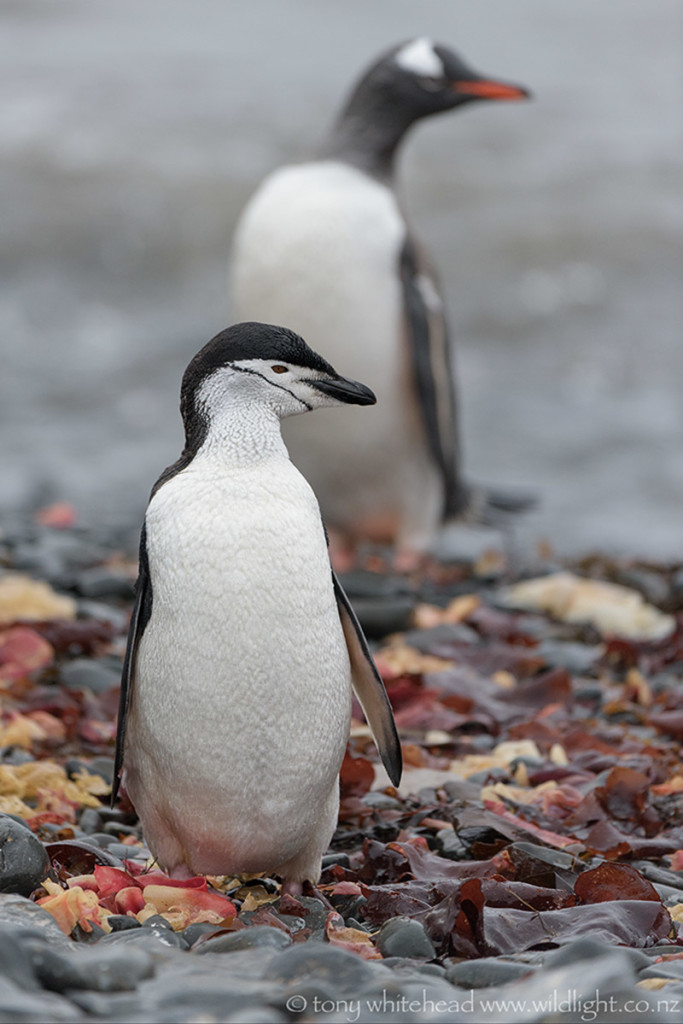
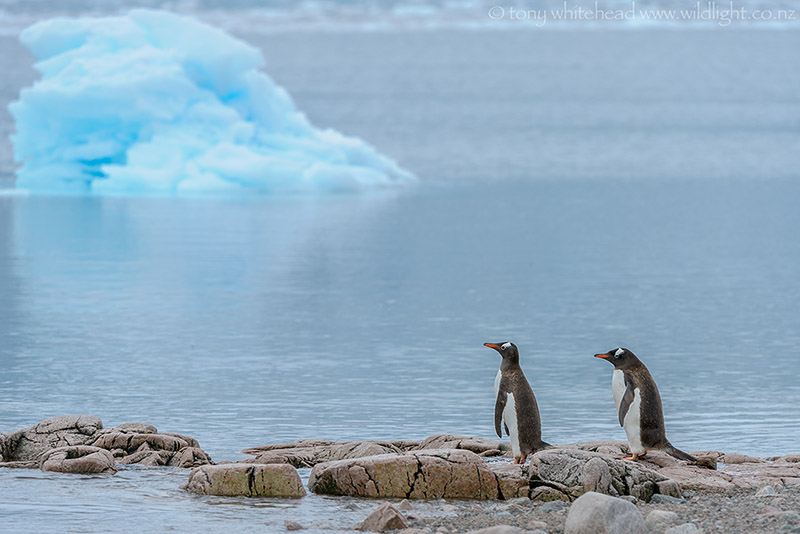
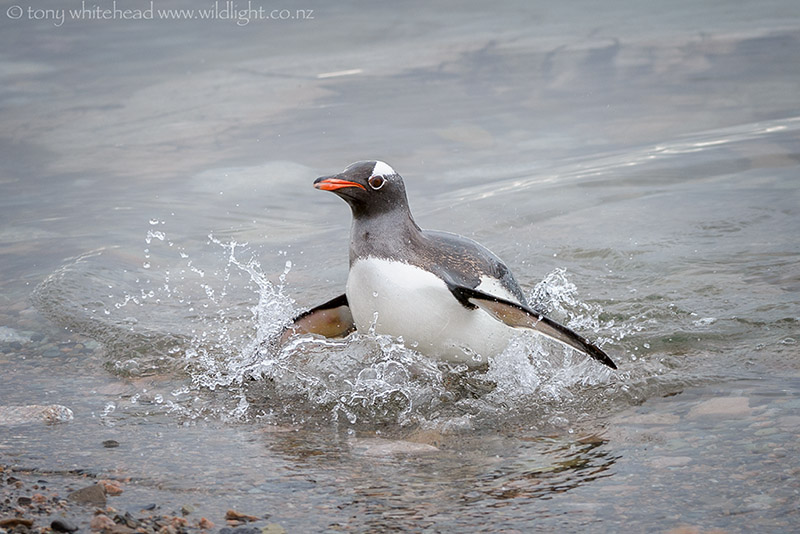
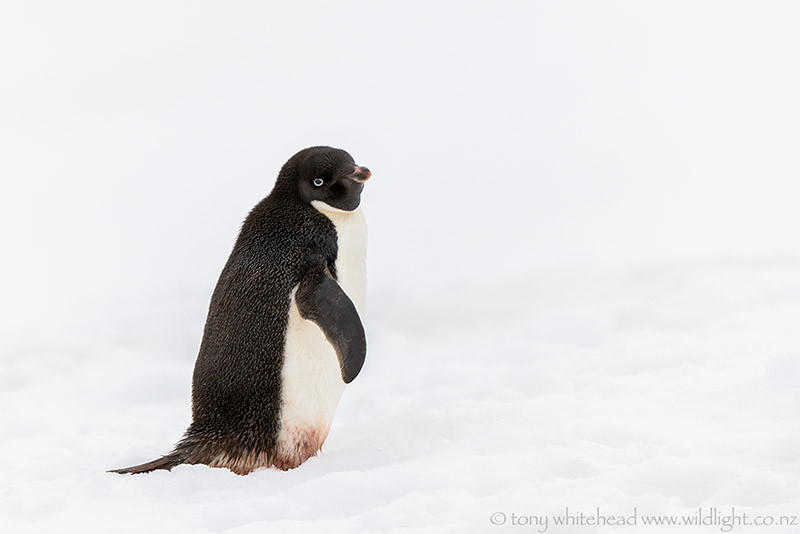
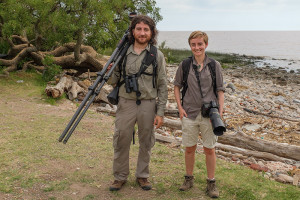
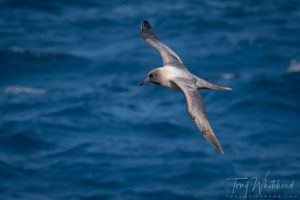
Pingback: Icebergs
Pingback: Antarctica Master Post